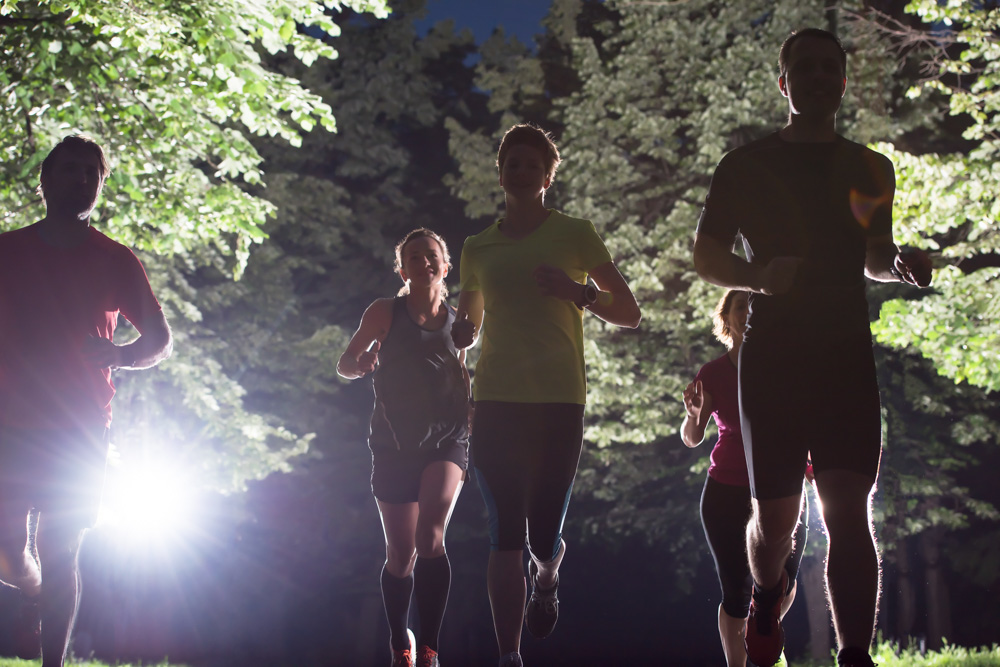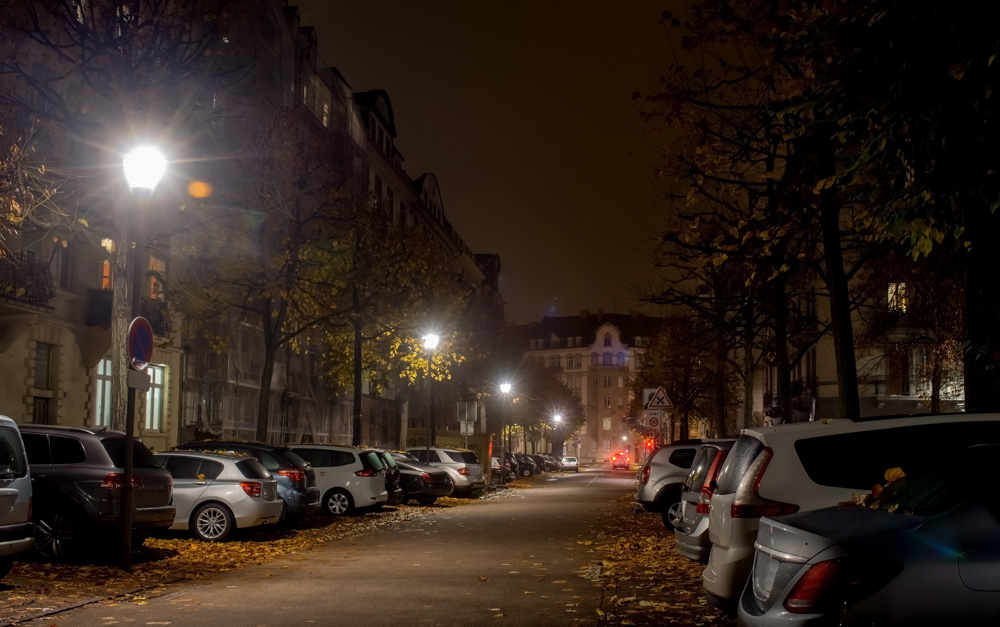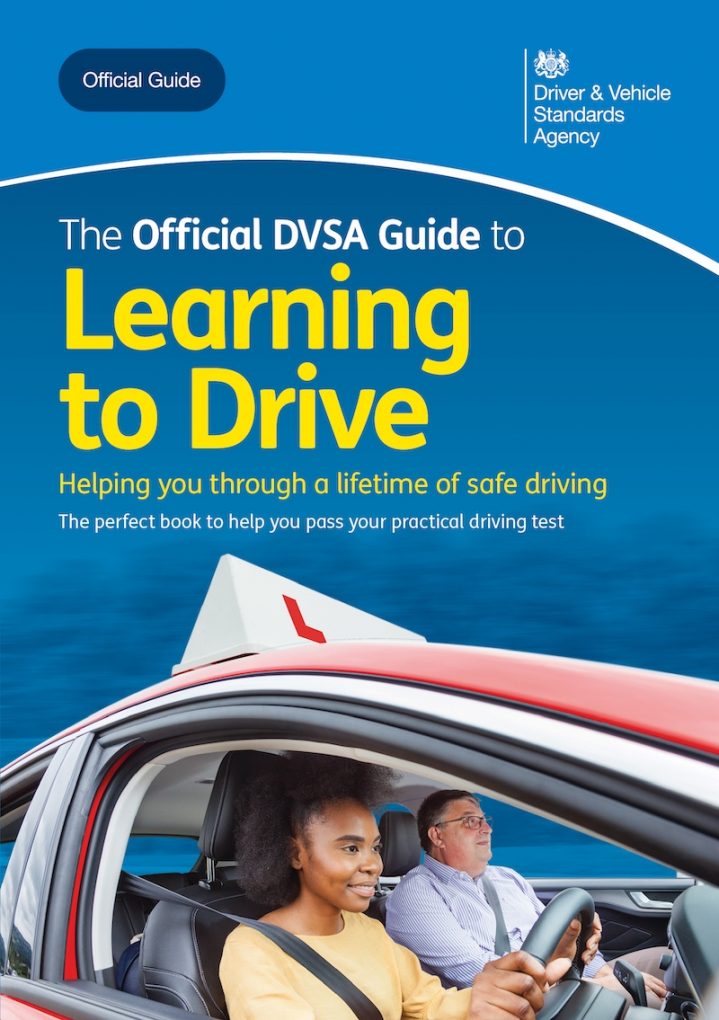Driving in Darkness
Overview:
Aims:
Objectives:
- To understand why you may need to adjust your speed at night
- How to drive safely at dusk and dawn
- To know when to use your lights
- To understand driving on urban and rural roads in the dark
- To be able to safely overtake at night
On your driving test:
Assessment criteria will be marked under where the particular faults are committed.
Introduction:
At night you cannot see as far ahead as during the day. Hazards may be more difficult to see clearly. Pedestrians and cyclists may be more difficult to see once it is dark. When you are a cyclist or pedestrian wear something fluorescent. It will make a big difference to how easily you are seen.

Always be considerate of other road users and pedestrians and avoid dazzling them with your headlights. Always dip your headlights if you meet any other road users.
Make sure your windows are nice and clean. Any dirt will become glare when looking at headlights coming toward you. This will be even worse in the rain.
Speed At Night:

When it is dark, it can be more difficult to judge distance and hazards. The faster you are driving the more difficult this becomes. Always drive at an appropriate speed.
Be able to stop within the distance you can see to be clear ahead. At night this is the range of your headlights. If it is raining heavily or in fog, driving on full beam will light up all the small droplets. Keep your lights dipped in these situations.
Car Lights:

Your car’s lights, light up the road ahead for you and also warn other road users and pedestrians that you are there. If you are heavily loaded there should be an adjustment dial to move your lights down to make up for the load tilting your front lights up.
Always keep your cars lights clean and check they are working regularly.
To see the greatest distance you should normally use main beam headlights on unlit roads unless:
- You are following another vehicle
- You are meeting oncoming traffic, if you meet any oncoming traffic (including pedestrians) always dip your headlights to avoid dazzling them
On a lit road you should normally use dipped headlights.
Use dipped headlights at any time the lighting is poor, even during the day if required.
Driving at Dusk and Dawn:

It is often best to put your headlights on at dusk. An unlit vehicle can be almost invisible until it is very close to you or others. At dusk it is better to be one of the first drivers to put on your lights and be seen.
At dawn the opposite applies. Do not switch your headlights off until you are sure you can be seen.
At dusk and dawn having your headlights on allows other drivers to:
- See you earlier
- Tell which way you are heading on the road (this is often difficult at dusk and dawn if a vehicle is unlit.
Night Driving in The City:

In an urban area such as a town centre of residential area always use dipped headlights at night. This will help others to see your car. Areas with street lighting can often cause shadows on the pavement, which may make pedestrians harder to see. Always be aware of:
- Pedestrians on pavements and crossing the road
- Pedestrian crossings, where people waiting to cross may not be clearly visible
- Cyclists and joggers in or near the road
Night Driving in The Country:

In rural areas you will find that the majority of roads have no lighting other than cats eyes – reflective studs which mark the centre of the road and sometimes the left-hand edge too.
In rural areas you will need to rely on your car’s headlights to light the road ahead. Make sure you adjust your speed appropriately for the road type, ensuring you can stop safely in the distance you can see with your lights.
Always look out for pedestrians and cyclists on unlit rural roads.
Remember there may be animals around when driving on rural roads at night. So be prepared to stop in case an animal runs into the road in front of you.
Overtaking At Night:

Take extra care when overtaking at night, as you will be able to see less potential hazards in front of you. Only overtake if you can see that the road ahead is clear and will remain clear whilst you are overtaking.
Do not overtake when approaching or if you have reason to believe you are approaching:
- A road junction
- A bend or hidden dip in the road
- A bridge or hill
- A pedestrian crossing
- Road markings indicating double white lines ahead
Or if there is likely to be:
- A vehicle overtaking or turning right
- Any other potential hazard
Parking At Night:

When you park your car at night always turn your headlights off, even if only stopping for a few minutes. It is an offence to leave lights on when a vehicle is parked. This is because it can dazzle other road users, especially if your car is parked facing oncoming traffic.
Recap:
Drive with consideration to other road users and pedestrians and avoid dazzling them with your cars headlights.
Keep your car lights and windows clean. Check your lights and screen wash reservoir regularly.
You should know:
- What lights to use and when
- How driving at night is different to driving during the day
- How driving in rural areas is different to urban areas at night
- How to overtake at night
Further Reading:
Driving The Essential Skills: Section(s) 13

What’s in the driving syllabus?
Click on a topic below to get started.
Please note this syllabus should be used with a professional driving instructor.
Legal
Safety Checks
